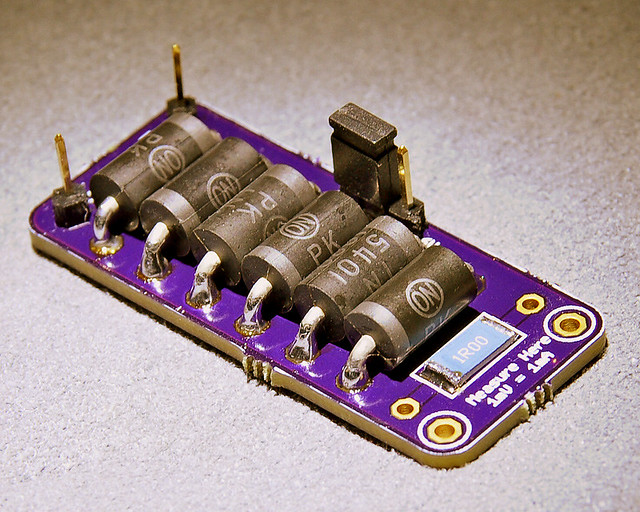- Joined
- Sep 22, 2010
- Messages
- 1,360
- Points
- 48
I feel stupid for asking this but has anyone else had problems soldering these damned things together? I've never had problems like this soldering things together before. I cleaned the leads, fluxed, then tried to solder but it just didn't stick. I kept getting cold joints that would snap as soon as I'd remove the alligator clip that I used to hold the leads together. The only thing I could think of was maybe I wasn't applying enough heat but when I touched one of the diodes it was extremely hot to the touch and I didn't know how much heat they can take and didn't want to damage them. I'm about ready to file the end of the leads down to fit in my breadboard. That or look for a prebuilt one.





